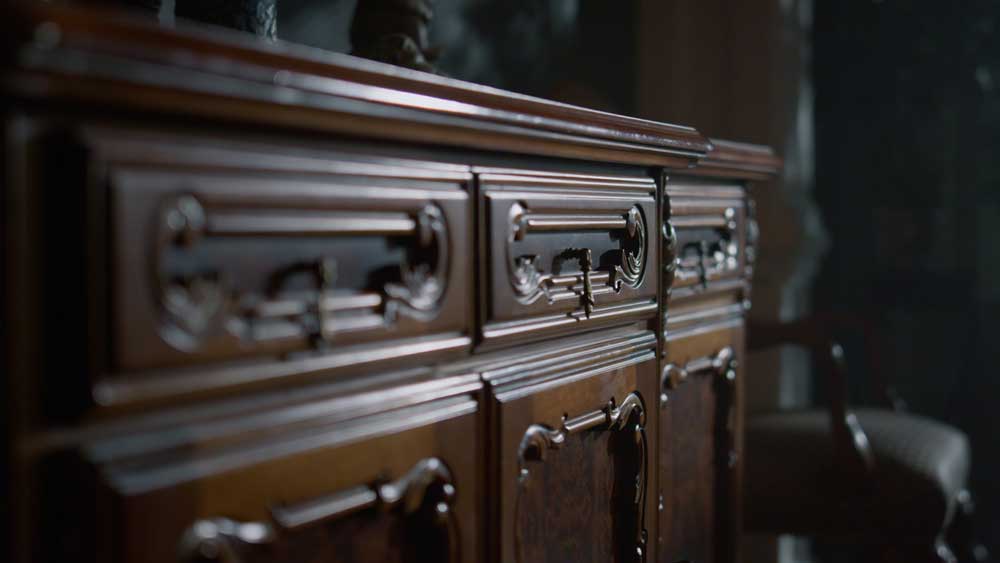Across 2020 and 2021, Oscar-winning costume designer Bhanu Athaiya’s personal heirlooms came up for sale. Her daughter Radhika Gupta enlisted the online auction house Prinseps to sell some of her art and textiles. Among the items were oil paintings and studies from the 1940s and ‘50s, and textiles that dated as far back as the 1850s. These included Paithanis, Chanderis, Benarasis, and diaphanous cottons with natural dyes, real zari, and intricate patterns.
Women have always been custodians of material legacies. What’s changing today is their role as financial stewards. Recognising the market worth of your heirlooms doesn’t devalue their emotional meaning. Rather, it enhances it. Inheritance laws in India are also shifting in favour of women, both economically and socially. This influences how they manage family assets and cultural treasures.
In India’s growing luxury pre-owned sector, heirlooms and collectibles are becoming a recognised asset class with active monetisation. The luxury pre-owned market in India was valued at $618 million in 2023, with a projected value of $1.556 billion by 2032, driven in part by the resale of high-value heirloom items.
Not all heirlooms are equally valuable in financial terms. However, certain categories such as fine jewellery, antique furniture, textiles, and curios can represent substantial wealth if preserved well, authenticated, and timed right for sale or investment.
All That Glitters
Fathima TB, a portfolio manager from Chennai, says, ‘Gold jewellery serves a dual role. It combines heritage with liquid financial assets, which are especially vital in times of crisis or economic uncertainty. Cultural norms often position gold heirlooms as portable wealth, stored safely yet easily converted to cash when needed.’
Jewellery passed from mother to daughter carries symbolism beyond aesthetics. In Indian families, it often signifies rites of passage and continuity. Some pieces serve as gifts marking significant life moments. Heirloom jewellery is precious because of its intrinsic material value, which includes gold, diamonds, and gemstones. Additionally, heritage craftsmanship appreciates with time, especially enamel work, temple jewellery, or art deco pieces. Equally important, they can be artistically repurposed. Skilled jewellers can refurbish, redesign, or even combine pieces into modern wearables, like converting brooches into pendants or rings for daily use.
Wearable Wealth
Certain heritage saris like Banarasi, Kanjeevaram, Paithani, and Baluchari can range from ₹50,000 up to ₹10 lakh, reflecting enduring value. The rare longevity of these textiles (Patola saris can last up to 100 years, and silk woven using vegetable dyes lasts centuries) makes them long-term assets. Baluchari, Kanjeevaram, Banarasi saris appreciate especially those woven with real zari in gold or silver thread. Pashmina shawls with detailed embroidery are highly sought-after. Resale platforms and luxury upcyclers now accept such saris for reimagined couture, offering both emotional retention and financial gain.
Heirlooms often reflect rich cultural legacies, like a vintage sari reimagined as a contemporary accessory, blending tradition with modernity. Designers and women alike are reviving heirlooms with personal flair, preserving the artistry while adapting it for today's style.

Décor In Demand
Furniture is another valued heirloom, particularly for its durability and rarity. Interior designer Urmila Reddy sources antique furniture for several of her projects, and says the market is booming. ‘Handcrafted, solid-wood furniture, especially pre-1960, tends to hold or increase in value. Items like colonial rosewood cabinets, Chettinad chests, Rajasthani dowry boxes, or Victorian teakwood pieces are highly collectible. This is because of nostalgia and scarcity. As factory-made furniture floods the market, old handcrafted pieces gain premium status, especially among millennial and Gen Z buyers who value sustainability and story-rich objects.’
What counts as a valuable curio? Urmila says, ‘Colonial memorabilia such as old maps, clocks, and compasses, brass and bronze idols or utensils from over a century ago, antique porcelain sets of British, Japanese, or Chinese origin, maritime or military memorabilia, religious artifacts such as rare manuscripts, handwritten prayer books, or hand-painted Pichwai scrolls. Often overlooked in households, these items can carry huge value in niche collectors' markets or international auction houses. Demand for authentic Indian folk art and tribal objects is rising globally, with galleries and collectors paying top dollar.’
Family heirlooms, commonly passed down by women, are far more than sentimental artifacts. They offer financial resilience and liquidity, act as long-term investments with appreciating value, and play a significant role in wealth portfolios, particularly for women. Through thoughtful appraisal, proper documentation, and informed decision-making, heirlooms like furniture, jewellery, and curios are not just artifacts of the past but active tools for financial security and legacy building.